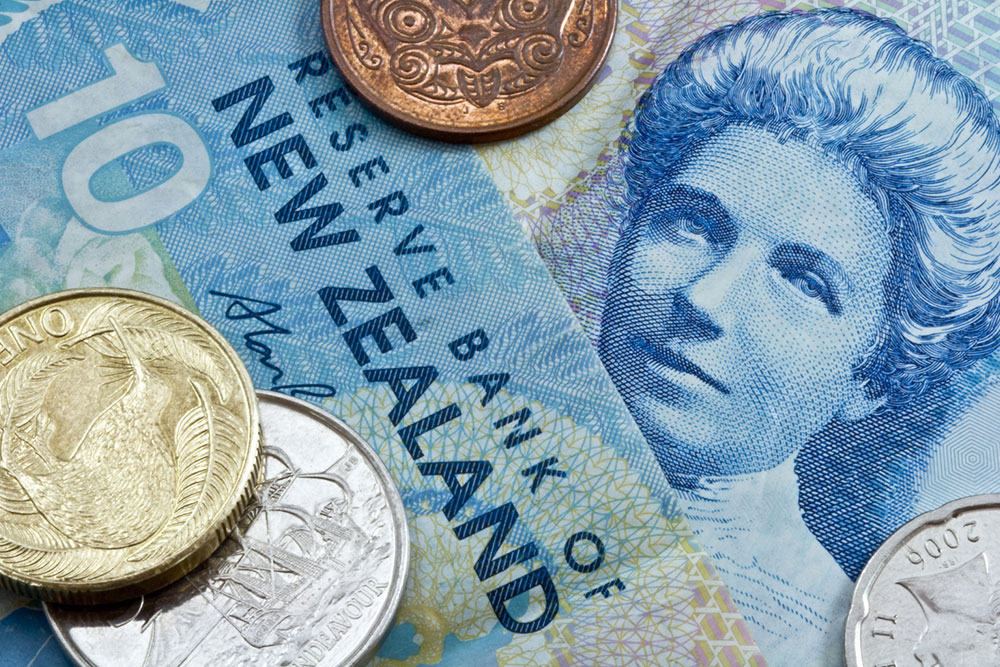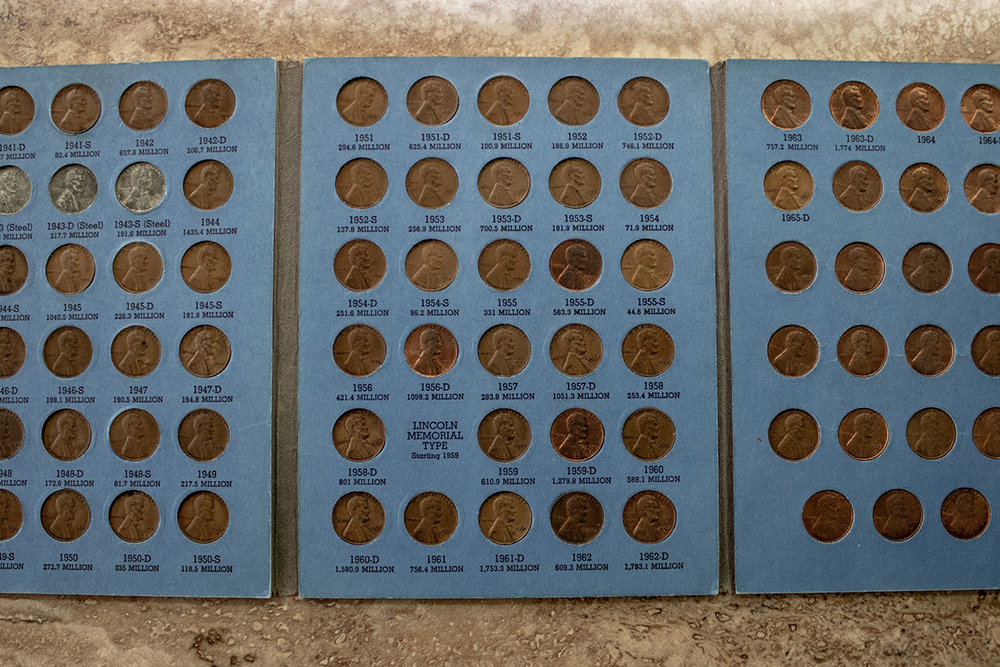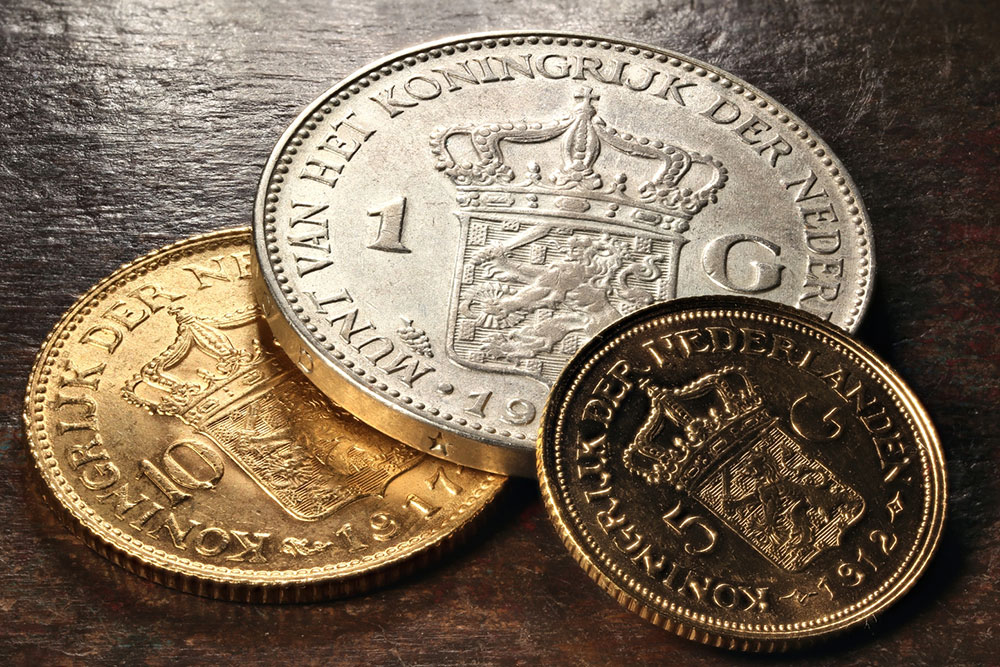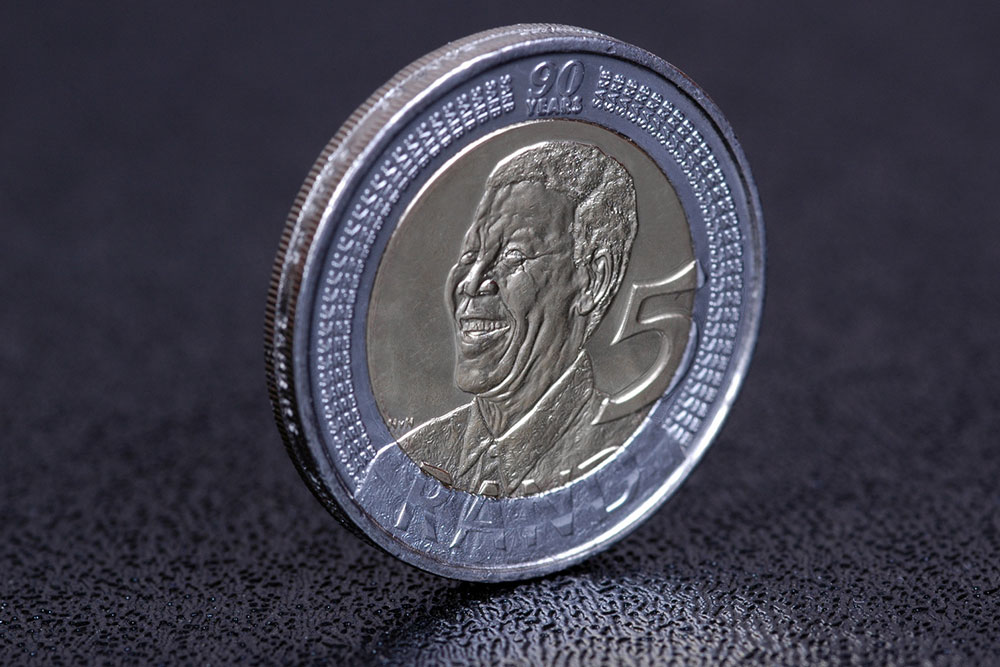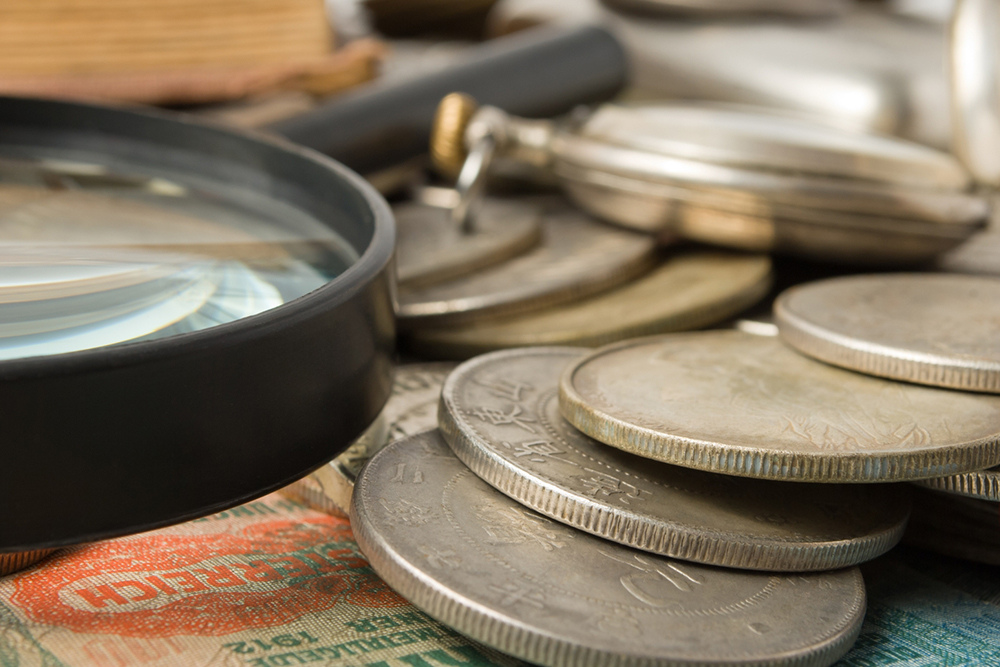Exploring Canadian Numismatic Treasures: Discover Rare and Historic Coins with Significant Value
Explore the fascinating world of Canadian numismatic treasures, from rare coins like the 1936 "Dot" Penny and 1911 Silver Dollar to modern collectibles. Discover their historical significance, traits influencing value, and investment opportunities in this comprehensive guide to Canadian coin collecting and investing.
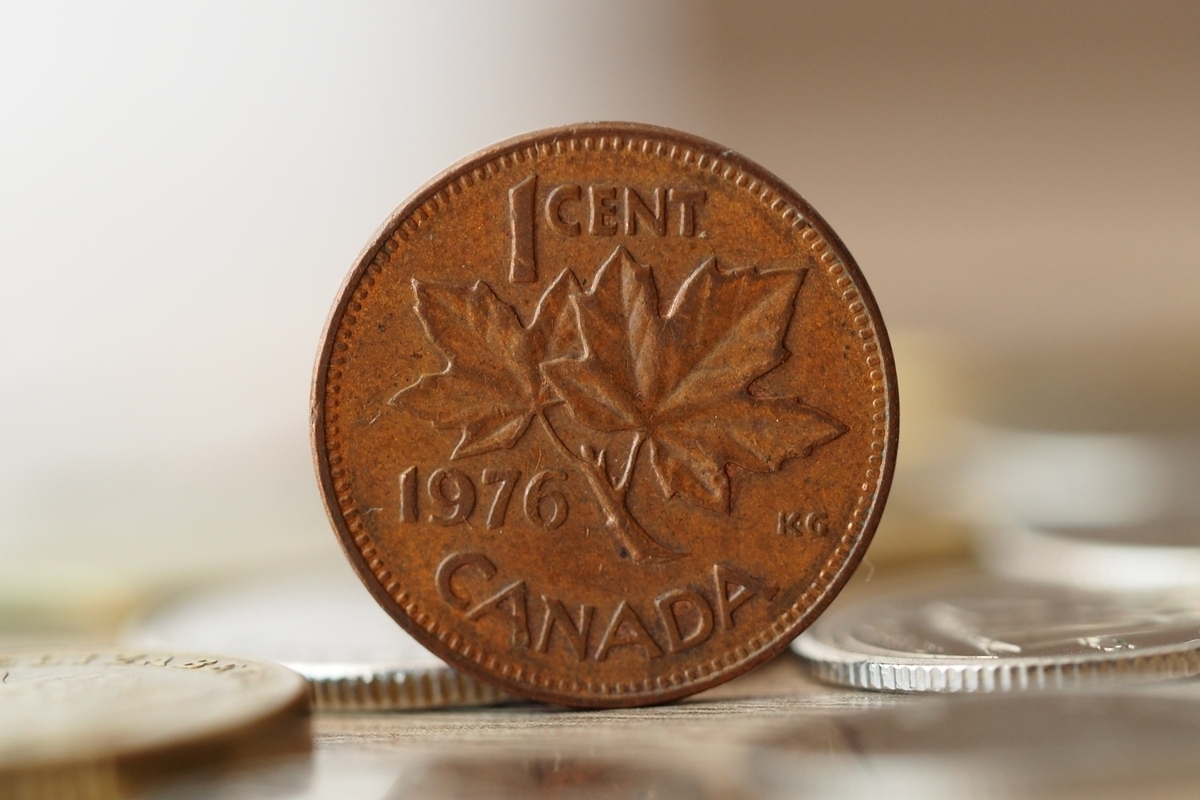
Exploring Canadian Numismatic Treasures: Discover Rare and Historic Coins with Significant Value
Canada boasts a rich numismatic heritage that captivates collectors and investors around the world. Its coins are more than just currency—they are miniature pieces of national history, art, and culture, often carrying a value far beyond their face denomination. From intricate designs inspired by Canadian landscapes and history to rare coins that tell stories of the past, Canadian numismatics offers an exciting journey into a world of collectibles with immense potential for appreciation.
In this comprehensive guide, we delve into the fascinating landscape of Canadian coins, exploring their origins, standout historic pieces, and what factors influence their market value. Whether you’re a seasoned collector or a curious newcomer, understanding the nuances of Canadian numismatics can enhance your appreciation and investment strategies.
The Evolution of Canadian Currency
The story of Canadian coinage begins in the early 19th century. Before the establishment of a unified monetary system, the region used a mixture of British, French, and American coins, which created confusion and inefficiency for trade and daily transactions. The formal introduction of Canadian currency marks a pivotal moment in establishing national identity and economic independence.
Canada officially adopted the Canadian dollar as its monetary unit, replacing the various foreign coins in circulation. This transition was complemented by the creation of the Royal Canadian Mint in 1908, which became the central hub for coin production. Since then, the mint has been known for its innovation, craftsmanship, and ability to produce notable collectible coins that attract international attention.
Canadian coins are distinguished by their detailed craftsmanship, historical symbolism, and unique designs, making them attractive to collectors and investors worldwide. Several coins have gained legendary status within numismatic circles for their rarity, historical significance, and market value.
The Iconic 1936 "Dot" Penny
This penny is one of the most sought-after and valuable Canadian coins in the collectibles market. It emerged during a time of political transition—amid the abdication crisis of King Edward VIII. The Royal Canadian Mint prepared for the potential coronation of a new monarch, but the dies for the 1937 coins were not yet ready. As a result, a small dot was added below the date "1936" on some pennies, marking them as unique variants.
Limited in number, the 1936 "Dot" Penny is exceedingly rare. Today, well-preserved specimens can sell at auction for over $250,000, depending on their condition and grading. Its rarity and historical context make it a prized piece for serious collectors.
The 1911 Silver Dollar: A Canadian Numismatic Legend
Often referred to as the "Emperor of Canadian Coins," the 1911 Silver Dollar holds a revered place in the history of Canadian coinage. Only a handful of these coins are known to exist—one in lead and two in silver—adding to its mystique and monetary value. The 1911 Silver Dollar exemplifies early Canadian craftsmanship and reflects the nation’s aspirations for economic growth during the early 20th century.
In recent auctions, these coins have fetched prices exceeding $1 million, underscoring their rarity and desirability. The coin’s design, featuring symbols of Canada’s sovereignty and strength, coupled with its limited supply, makes it a highly coveted relic for collectors seeking both historical significance and investment potential.
The 1921 50-Cent Coin: The Name That Echoes through History
Dubbed the "King of Canadian Coins," the 1921 50-cent piece is celebrated for its rarity. Most of the 480,000 coins minted were melted down after the design was changed in 1920 to prevent overstocking, leaving only a few specimens in existence. This scarcity has propelled its value into the range of $50,000 to $250,000, depending on condition and provenance.
This coin embodies a significant period in Canadian monetary history, illustrating the nation’s transition from older coinage styles to more modern designs. Its rarity makes it a prized asset among serious collectors and investors looking for historically significant and profitable pieces.
Exceptional Gold Coins from Canada: Sovereigns and Beyond
Between 1908 and 1919, Canada issued a series of gold sovereigns crafted from Yukon gold, which added to their allure and value. These coins displayed a tiny "C" mintmark, signifying their Canadian origin, and were a symbol of Canada's gold-mining wealth and economic strength.
Depending on their condition, petitioned mint years, and rarity, these sovereigns can command prices over $3,000 in today’s market. Their intrinsic value is rooted not only in gold content but also in their historical significance and regional pride, making them highly coveted by gold collectors worldwide.
The Iconic 2007 Canadian Million-Dollar Coin
In 2007, Canada made history by minting the world’s first million-dollar coin. Crafted from 100 kilograms of 99.999% pure gold and featuring a stunning maple leaf design, this coin was created primarily for collection and as a showcase of Canadian ingenuity. Its face value is dwarfed by its intrinsic worth, which is rooted in its gold content and rarity.
This coin symbolizes Canada's innovation and wealth, attracting collectors and investors seeking unique additions to their portfolios. Its rarity, combined with the high gold purity and impressive craftsmanship, elevates it to a legend within the numismatic community.
Modern Canadian Coins: Innovation Meets Collectibility
Today’s Canadian coinage continues to impress with innovative designs and limited editions. Recent issues like glow-in-the-dark dinosaurs or colored poppy quarters draw attention to the country's artistic creativity and commemorative spirit. These contemporary collectibles have become highly popular among young collectors and seasoned numismatists alike, fueling the growth of Canadian coin collecting as a vibrant hobby and investment opportunity.
Key Factors That Influence the Value of Canadian Coins
Rarity: Coins with low mintage or limited circulation are naturally more desirable and valuable. Rare finds often attract premiums in the market.
Condition and Grading: The grade of a coin, from Poor to Mint State (MS-70), is crucial in determining its market value. Uncirculated coins, especially those with no signs of wear, typically command higher prices.
Historical Significance: Coins linked to pivotal moments or celebrated figures in Canadian history tend to be more sought after, especially those linked to monarchs or national milestones.
Market Demand: Collecting trends and the fluctuating interest in certain types of coins impact their value over time. Coins in high demand among collectors tend to sell at premium prices, especially in competitive auctions.
Canadian numismatic collections beautifully encapsulate the nation’s history, art, and economic evolution. From rare and historically important pieces like the 1936 "Dot" Penny to modern innovative collectibles, understanding the key factors that influence a coin’s value enhances both appreciation and investment potential. As the Royal Canadian Mint continues to innovate and release unique coins, the landscape of Canadian coin collecting remains dynamic and promising. Whether you are a passionate collector or a new enthusiast, there are endless opportunities to explore, appreciate, and profit from Canada’s rich numismatic heritage.

